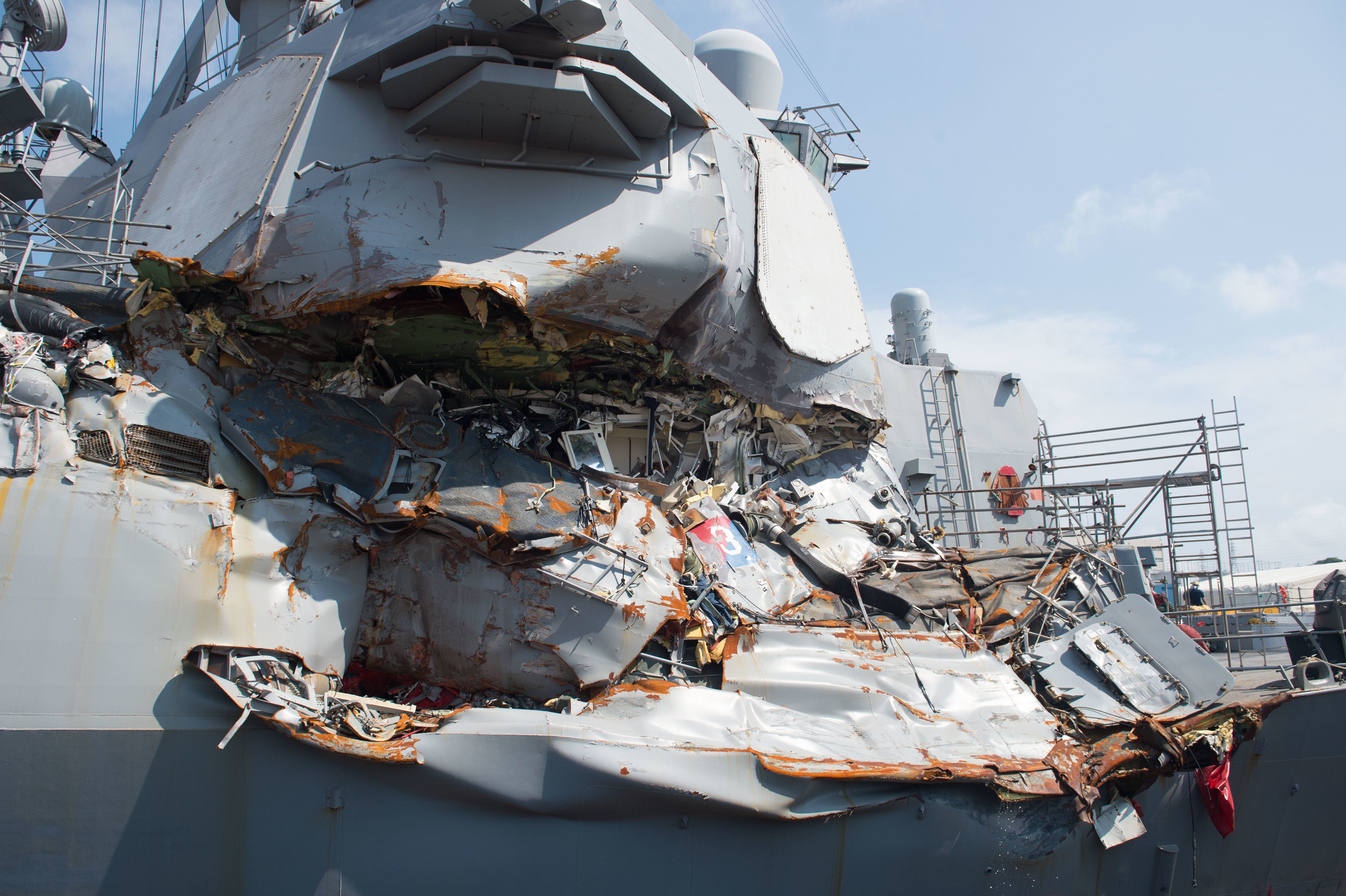Nearly two years after the guided-missile destroyer Fitzgerald’s fatal collision with a merchant vessel, the Navy’s journey to justice fizzled out late Wednesday with an unsigned Navy press release announcing charges were being dropped against the ship’s commanding officer.
For months, the Washington Navy Yard had been preparing for a courtroom showdown between military prosecutors and attorneys defending the Fitz’s commanding officer, Cmdr. Bryce Benson, and one of his junior subordinates, Lt. Natalie Combs
But this week, Navy brass telegraphed their legal surrender with a series of messages sent to the families of the seven sailors drowned in the June 17, 2017 disaster.
Families told Navy Times that the admiral’s note indicated the sea service would swap criminal charges for administrative punishment, issuing letters of censure to Benson and Combs for their alleged contributions to the calamity.
The messages stated “the cases are being dismissed for legal reasons that impede the continued prosecution of either officer" but the Navy remains “committed to keeping faith with you through transparency and open communication.”
“Your loved ones did not die in vain; their legacy lives on in the form of a stronger and more capable Navy,” the messages read.
RELATED
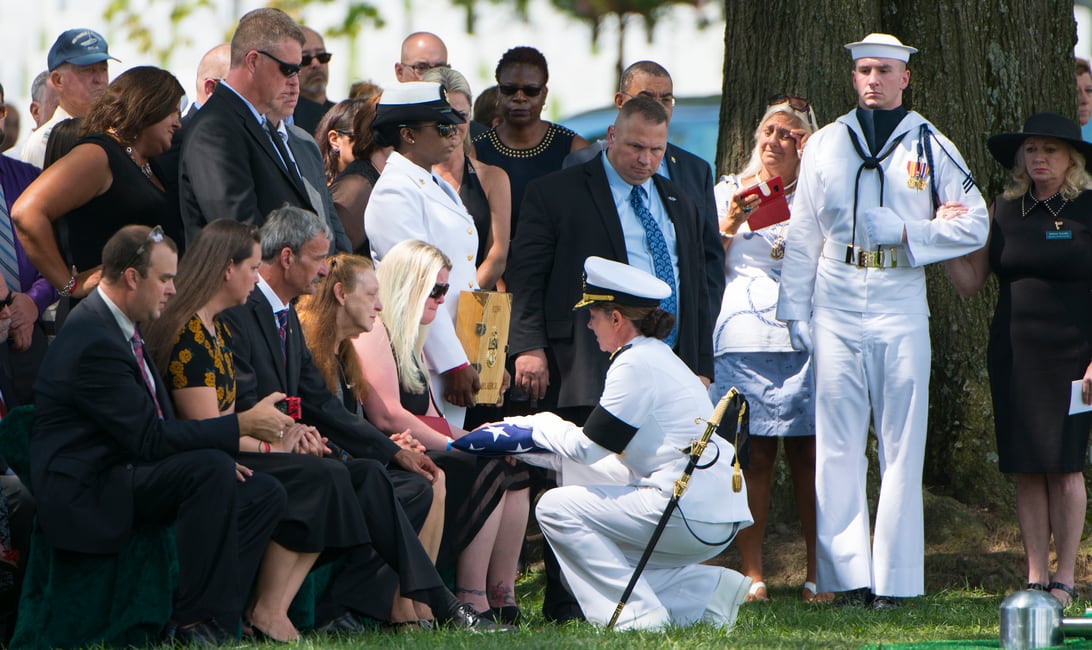
Both cases had been plagued by a series of missteps by Chief of Naval Operations Adm. John Richardson, his top aide and nominated replacement Vice Chief of Naval Operations Adm. Bill Moran, as well as other senior leaders that damaged the cases against the two defendants and ultimately made trying them in a Navy courtroom a challenge.
Judges, defense lawyers and outside legal experts dissecting the public utterances of Richardson and fellow senior leaders for months have raised concerns that unlawful command influence, or UCI, tainted the cases against Benson and Combs and made it impossible for them to get a fair trial.
Dubbed the “mortal enemy of military justice,” UCI occurs when superiors utter words or take actions that coerce the outcome of courts-martial, jeopardize the appellate process or undermine public confidence in the armed forces by appearing to tip the scales of justice.
The military judge in Benson’s trial ruled in December that statements by Richardson and Moran constituted apparent UCI.
Combs’ attorneys await a similar finding in the junior officer’s trial.
A Navy official said Thursday night that the UCI motions in the cases did not affect leadership’s decision to dismiss the charges.
Earlier this year, Adm. Frank Caldwell — Richardson’s four-star staffer tasked with meting out justice in the Fitzgerald case — was disqualified as the convening authority in Benson’s prosecution because the judge ruled he failed to remain impartial.
The Navy’s chief information officer, Capt. Greg Hicks, also ordered an opinion piece regarding blame for the Fitz collision to be shared on the Navy’s social media accounts in February, and it later emerged that the same broadside by a retired officer was distributed in CNO Richardson’s online newsletter.
Page after page of public statements made by senior Navy leaders filled defense attorney motions to dismiss both cases, according to filings provided to Navy Times.
“It’s just really troubling,” said Lawrence Brennan, a retired Navy captain, military attorney and law school instructor. “Somebody needed to go in and give the lecture to the CNO and the Vice Chief to say, ‘Thou shalt not open your mouth about this case.’”
RELATED
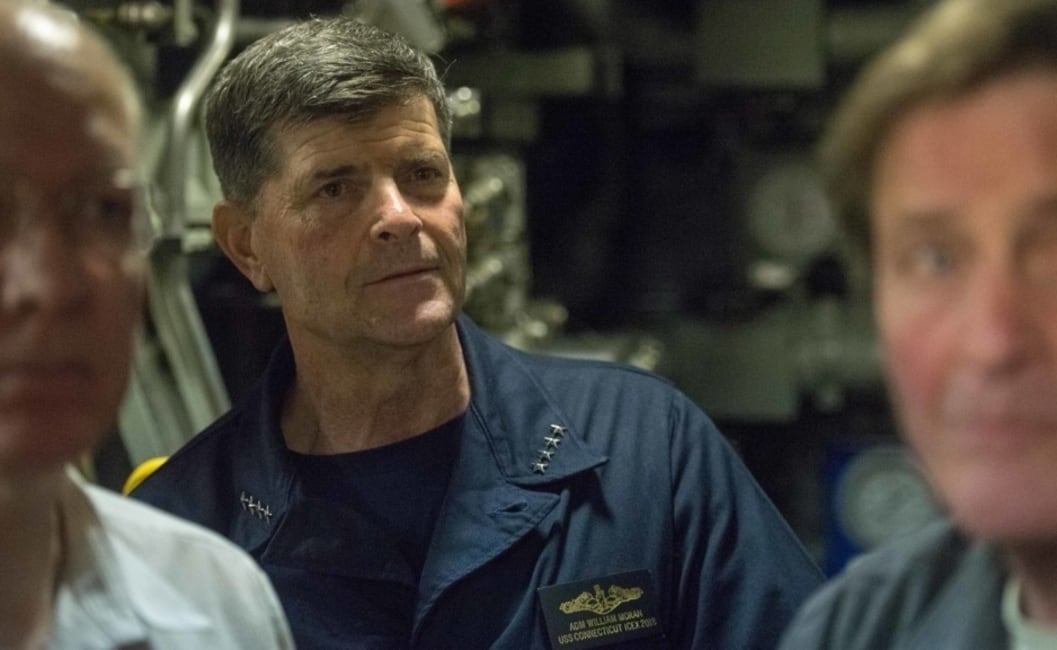
On Thursday, Benson’s attorney, Lt. Cmdr. Justin Henderson, fired a broadside directly at the brass.
“Despite a relentless messaging campaign insisting ships’ commanding officers are strictly liable for all operational risks, the Navy never tested that concept in court. For good reason: it’s untenable, legally and factually," Henderson said in a statement emailed to Navy Times.
To David Sheldon, Combs’ civilian attorney, the Navy was attempting to criminalize systemic problems in the Japan-based 7th Fleet by targeting members of the Fitzgerald crew.
Instead of indicting the policies and maintenance woes that set the ship’s tactical action officer up to fail, Sheldon believes the Navy’s leaders made Combs a scapegoat to be prosecuted, with the CNO leading a parade of admirals who used their words like a cudgel against officers of far more junior rank.
Sheldon singled out the CNO’s stream of public comments as an “affront to the military justice system.”
“Lt. Combs was not responsible for setting an operational tempo that undercut staffing and training, that allowed for the ship to move with 'degraded’ radar and that put sailors at extreme risk,” he said in a statement emailed to Navy Times.
“No, that responsibility lies not with this junior officer, but on Navy leadership at the highest levels. That same leadership, by commenting publicly and repeatedly, undercut Lt. Combs’ absolute right to a fair trial. The exercise of unlawful command influence is, sadly, not unusual when it comes to Navy leadership.”
Sheldon called on Congress to exercise its oversight authority “because, clearly, the Navy does not get it.”
“It has failed to come to grips with the reality of an operational tempo that is compromising mission readiness,” he said. “Instead, it seeks to blame — in the most underhanded way — a junior officer whose only crime was to follow her orders and serve in an environment that was fundamentally compromised.”
RELATED
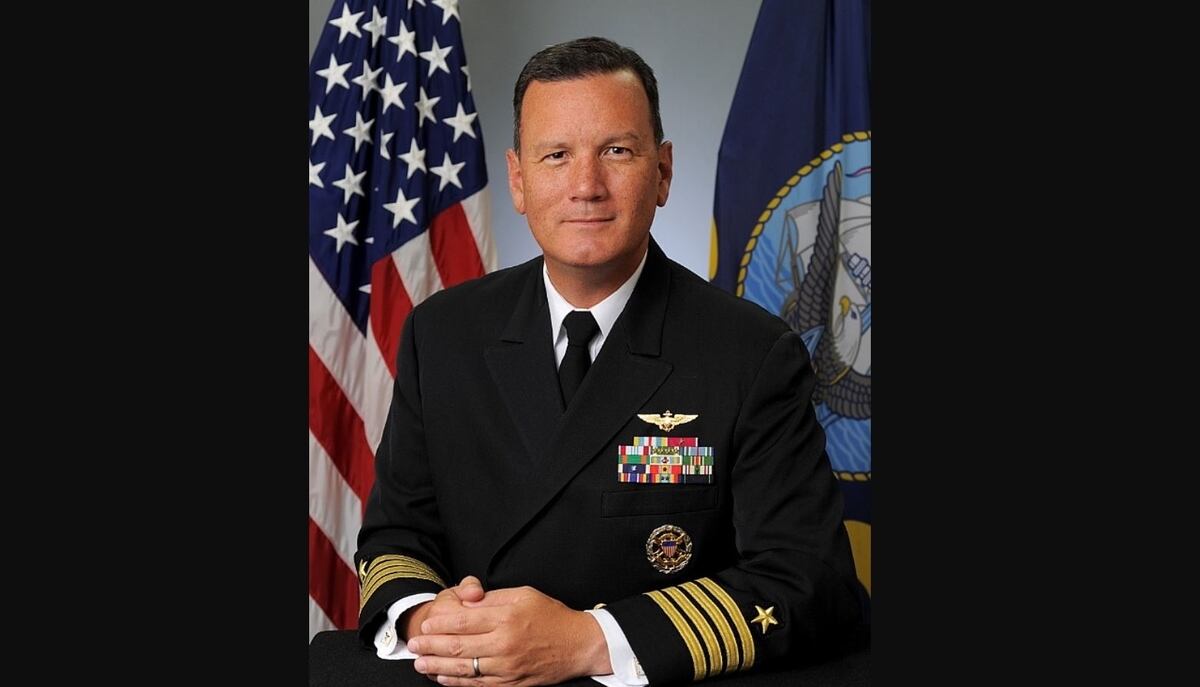
Released Thursday, Navy Secretary Richard Spencer’s censure letter to Benson alleges that his “ineffective leadership and poor judgement” helped to cause his warship to collide with the Philippine-flagged container vessel MV ACX Crystal off the coast of Japan.
SECNAV notes that Benson retired to his cabin before the disaster, leaving “an inexperienced watch team, lacking in confidence, and technical competence,” to transit high-traffic waters at night.
“Your lack of presence on the bridge in a challenging operating environment, combined with the inexperience, incompetency and lack of cohesion on your watch team — a watch team you approved — failed to meet your obligations as Commanding Officer,” the letter states.
“You further aggravated your poor decisions by failing to implement any mitigation measures, such as ordering the Executive Officer or Navigator to supervise the team on the bridge in your absence.”
Spencer’s letter also faults Benson for failing to properly manage the crew’s fatigue or revise standing orders and procedures “to account for the operational circumstances and degraded equipment” on the Fitzgerald.
“As the Commanding Officer, you were singularly responsible for assessing and balancing risk,” the reprimand states.
RELATED
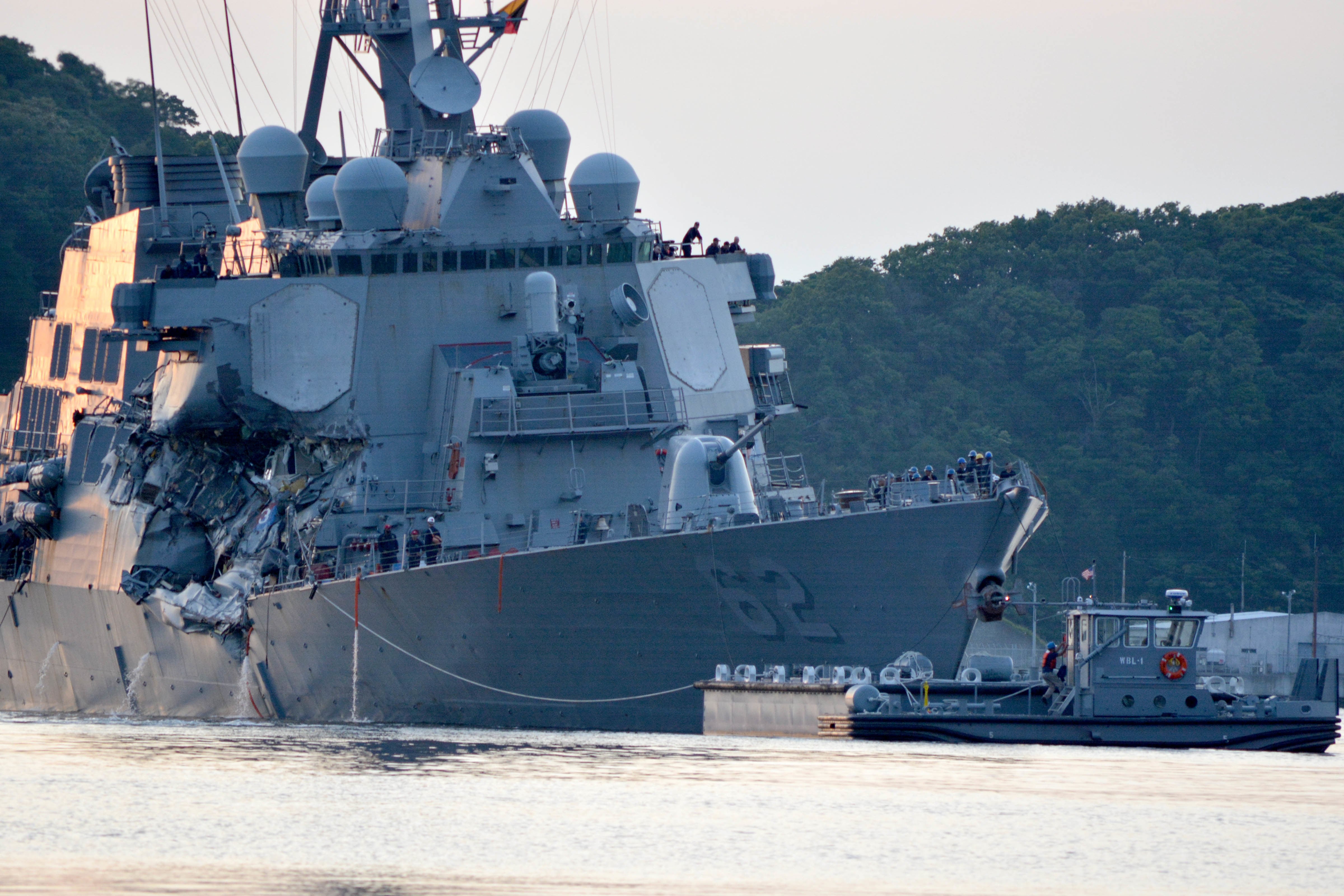
Combs’ censure letter faults her for “ineffective communication and failure to make recommendations to the bridge watch team” as “significant contributing factors” in the collision.
“Simply stated, you and your team failed to maintain a complete and accurate tactical picture, failed to identify and track several ships with increasingly close range and proximity, and failed to communicate in any effective manner with the bridge watch team,” the letter states.
Spencer also wrote that Combs contributed to “a culture of complacency” aboard the ship, as well as “a dangerous level of informality,” among other shortcomings.
The “lax culture” that she “helped propagate contributed to the collision and the deaths” of the seven sailors, according to the reprimand.
RELATED

A scathing internal Navy report completed shortly after the Fitzgerald disaster painted a much larger and more complicated picture of the doomed destroyer and its leadership team on the eve of the collision.
Provided to Navy Times after senior leaders attempted to keep the report secret for more than a year, it found that the Fitzgerald was underway almost constantly in early 2017, shortly after the warship left a maintenance session in Japan — a finding echoed by months of sworn testimony by past and present crew members in the cases.
That punishing optempo helped to prevent a green crew from developing the cohesion and training necessary to succeed and contributed to maintenance woes on critical components necessary to navigating bustling seaways at night.
The probe revealed Fitz’s watchstanders on the night of the collision were exhausted after a day of complex training and other crew members relied on equipment in various stages of decrepitude.
Investigators found broken radar buttons covered with masking tape and navigation consoles on the bridge in disrepair.
Distrust had grown between the bridge watchstanders and Combs’ team in the Combat Information Center, the Fitz’s electronic nerve center in the bowels of the destroyer, the report revealed.
It was so severe that Lt. j.g. Sarah Coppock, the lead officer on the bridge, never communicated with the CIC throughout the shift, something investigators found unfathomable.
RELATED
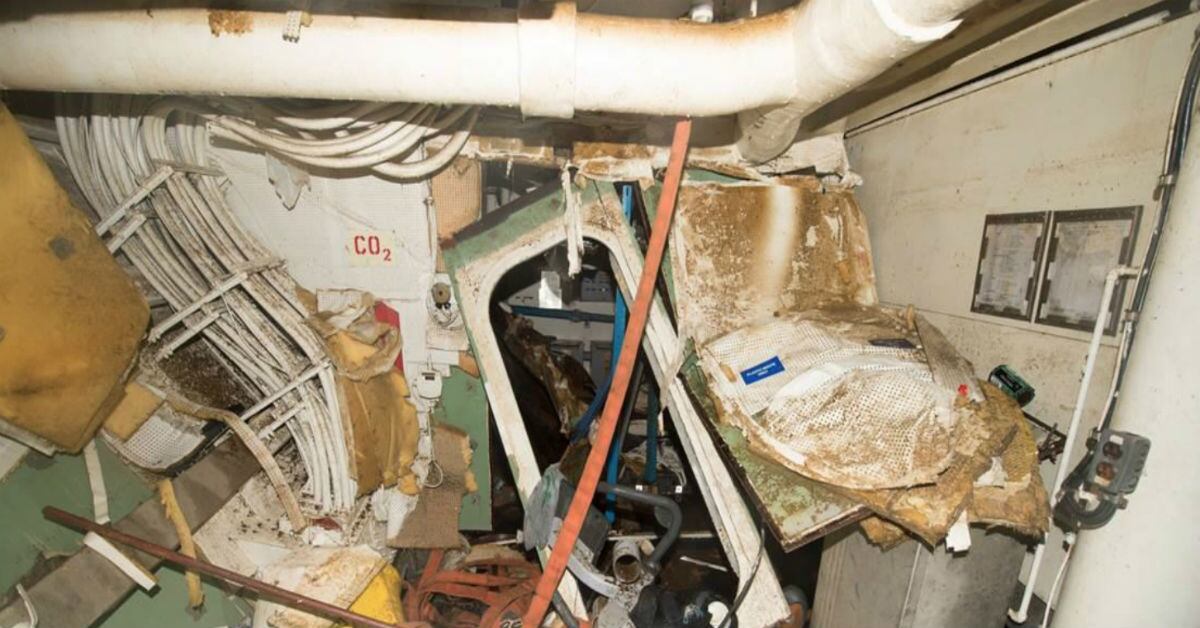
The letters of censure issued to Benson and Combs likely will end their Navy careers, Brennan said.
“It should be career terminating,” he said. “It would be difficult to expect anybody to get promoted with those (in their records).”
Other officers charged in the Fitzgerald disaster and a similar collision involving the sister destroyer John S. McCain and the Liberian-flagged container ship Alnic MC on Aug. 21, 2017, near Singapore, accepted plea deals.
But Benson waived a preliminary Article 32 hearing and took his case straight to court-martial proceedings.
Attorney Henderson told Navy Times they wanted the facts to be made public.
The Article 32 hearing officer for Combs’ case recommended that criminal charges not be filed against her, but Caldwell overrode his findings, according to her attorney Sheldon.
Like Benson, she didn’t buckle to the brass. She hired an attorney and vowed to fight.
“To be clear, Lt. Combs was fully prepared to defend and defeat the charges brought against her,” Sheldon told Navy Times.
Geoff is the managing editor of Military Times, but he still loves writing stories. He covered Iraq and Afghanistan extensively and was a reporter at the Chicago Tribune. He welcomes any and all kinds of tips at geoffz@militarytimes.com.
